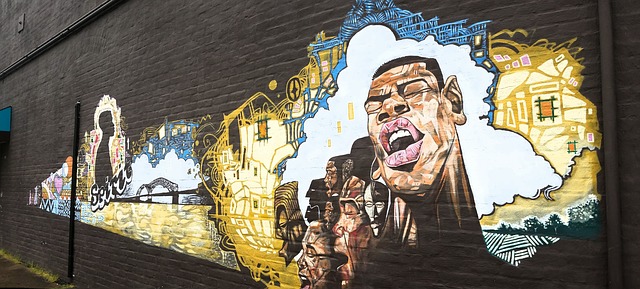How St. Louis Traces its Progress Towards Achieving Racial Equity

St. Louis’ new Equity Indicators Project responds to "a call to action for a racial equity benchmarking process" that seeks to quantify the state of racial equity in the city and measure progress over time, as the project's page states.
Next City reports the initiative is possible after the creation of the Ferguson Commission, "an effort by former Missouri Governor Jay Nixon to delve into the root causes of the unrest in the wake of the police killing of Michael Brown in the St. Louis suburb of Ferguson."
The Commission, explains Next City, produced the report Forward Through Ferguson: A Path Toward Racial Equity, which called for a racial equity benchmarking process, among other things.
According to Next City, the Equity Indicators Baseline Report, launched by the Office of Mayor Lyda Krewson, marks the initial result of that process.
The report explains that in 2017, the City of St. Louis was chosen to be one of five U.S. cities to create an Equity Indicators tool under the guidance of the City University of New York’s Institute for State and Local Governance (CUNY ISLG), with funding from The Rockefeller Foundation.
The tool is built around the three themes identified by the Ferguson Commission: Youth at the Center, Opportunity to Thrive, and Justice for All. Within each theme are three topics, and within each topic are eight indicators, for a total of 72 indicators. These are the indicators that can be monitored each year to track St. Louis’ progress towards achieving racial equity across the topics and themes.
Read here the Equity Indicators Baseline Report.
Image: Pixabay/selangwe
